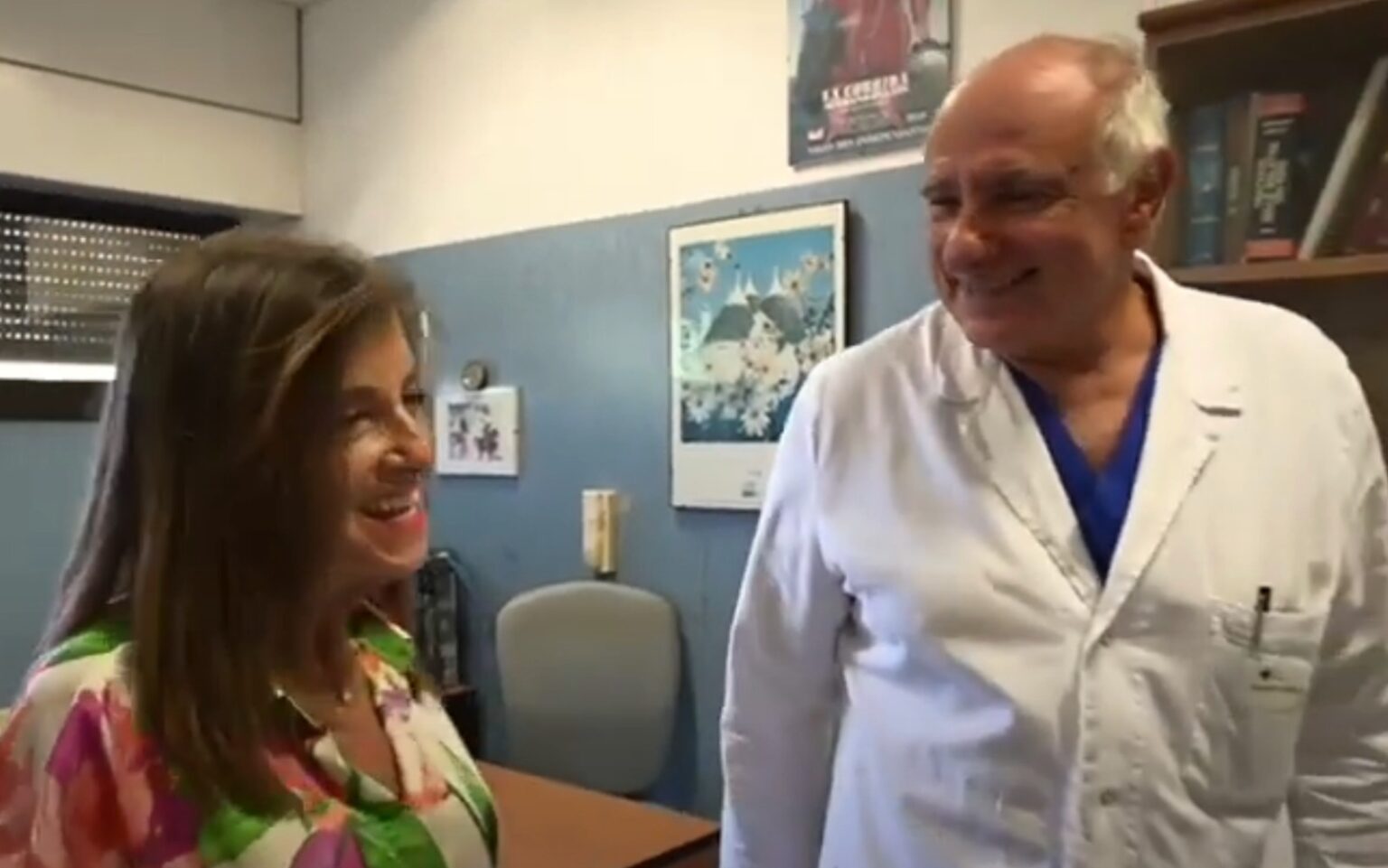Patrizia, 62, from Italy, shares her journey as a three-time kidney transplant patient. Throughout her life, she battled complications from systemic lupus erythematosus, which forced her to spend many years on dialysis. Over the years, she built a long-standing relationship with the Italian Kidney Foundation which has supported her every step of the way.
Together with Prof. Massimo Morosetti, President of the Italian Kidney Foundation, Patrizia explains how she faced the complex moments of her illness with great strength, managing the diagnosis, the dialysis, the first transplant, and the return to dialysis.
In 1973, Patrizia was a very young Italian girl who was diagnosed very early with Systemic Lupus Erythematosus (an autoimmune disease in which the immune system attacks its own tissues, causing widespread inflammation and tissue damage in the affected organs). In 1979, when she was only 19, this disease led her to require dialysis treatment.
At the time, there was not much accessible information about dialysis and kidney disease for patients and their families, as opposed to now, where more information is available thanks to local organizations such as the Italian Kidney Foundation (a non-profit association that deals with kidney disease and whose goal is to spread knowledge about kidney disease and support those who may need it) or worldwide campaigns such as World Kidney Day.
Finding orientation and facing a critical moment such as the first dialysis treatment was very complex and certainly difficult from a psychological point of view. |
This is where the fundamental doctor-patient relationship of trust comes into play. |
“I was disoriented when they first told me I had to start dialysis.” However, I was lucky to meet Prof. Massimo Morosetti, who was a young nephrologist at the time, and our relationship grew over time into trust, friendship, and affection. Because dialysis involves a big amount of time, being performed three times a week for four hours per session, it is important to have a relationship of trust between doctors and patients. We spent most of our lives in the hospital and this made it possible to build a strong connection”.
Patrizia’s first dialysis treatment started in 1979 and went on for a few years. Then, finally, the first transplant arrived. This was the first of many to follow because Patrizia didn’t undergo just one transplant in her life, nor just two; she has successfully faced three kidney transplants.
It is surprising how Patrizia, who is 62 today, recounts this fact with immense serenity: “I have had dialysis for thirty years, I underwent three transplants, and finally now I can say that I can live my life and cultivate my passions, including dancing, which now brings me a sense of calmness and happiness.”
Her story is surely heartwarming and motivating for those that, like her, must undergo dialysis therapy due to kidney disease.
Patrizia bounces back stronger than before, every time. She is a true example of resilience, which has led her to live a peaceful and satisfying life now. Patrizia proved the importance of willpower. Knowing how to recover is the foundation of all rebirths.
“I want you to know that the Italian Kidney Foundation can help you at any stage of your disease by providing information and accompanying you through all of your difficulties,” adds Prof. Massimo Morosetti.
You can watch Patrizia’s story on YouTube by clicking on this link: https://www.youtube.com/watch?v=tlAvXZlA5wA


